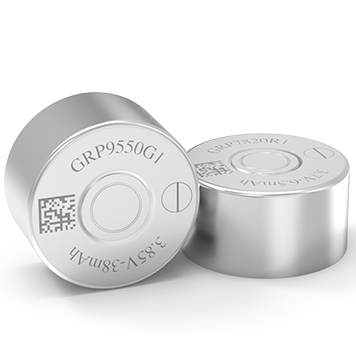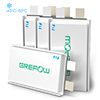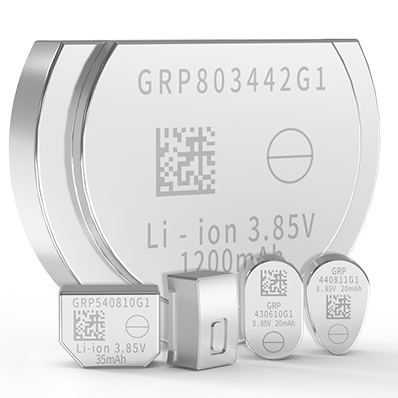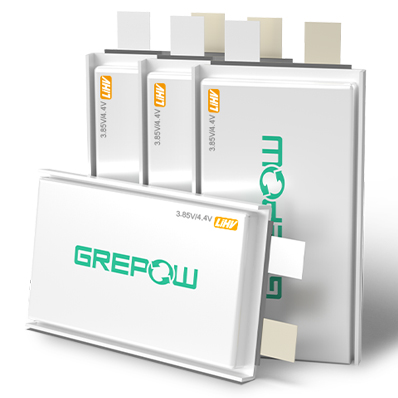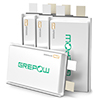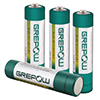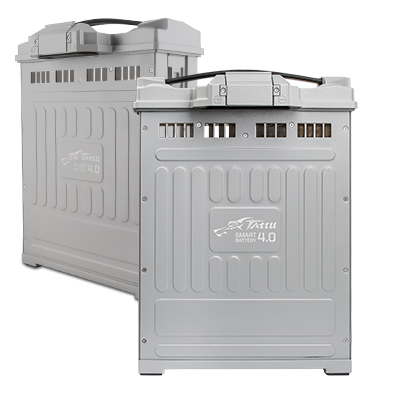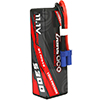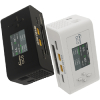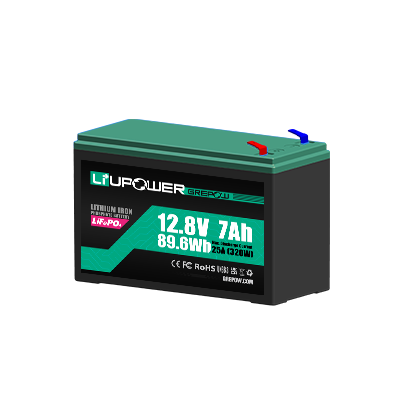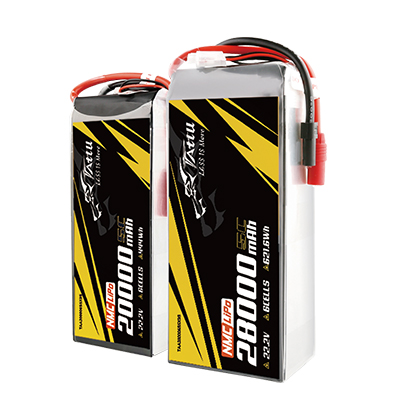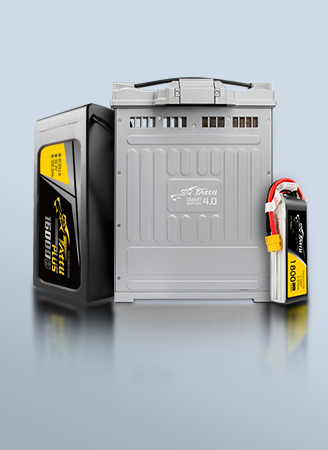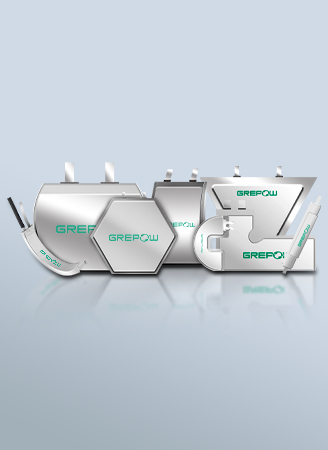How to Find a Reliable Battery Solution for Wearable Devices?
IoT, which keeps affecting people's living ways, has improved their lifestyle unconsciously. Through collecting and analyzing large amounts of data, loT can help to manage people's health, reducing our energy consumption in homes and workplaces wisely, monitor and improving our living environment, etc. For better data collecting, it needs the consumer to wear the devices for a long time. A small, portable and comfortable device, which can continuously be working on the whole day, is much more convenient for people to use in their daily life. Other loT things, for example, the smart home sensors, are also facing similar needs as wearable devices. In the foreseeable future, the wearable battery will still keep its role as the main source of power for portable devices. In particular, in order to minimize energy waste caused by billions of devices, rechargeable batteries will be the priority choice.
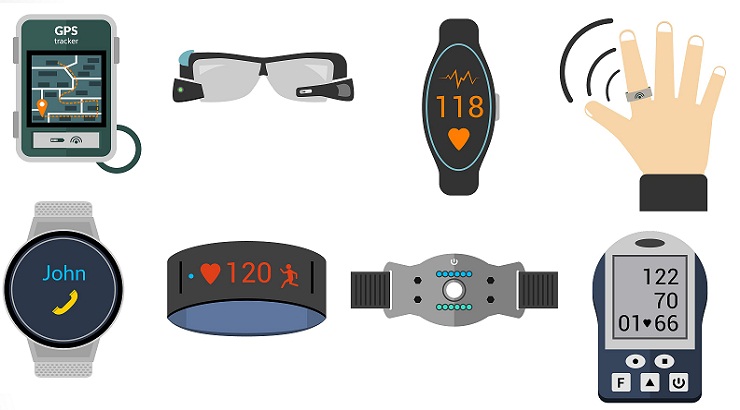
Obviously, a strong, safe, and powerful rechargeable battery becomes more and more important in the consumer electronics industry.
How do choose rechargeable batteries for wearable devices?
Size, weight, and comfortable feeling are three important factors of a wearable device, considering a long time wearing. In proportion, batteries for these devices are also as small as possible but keep the capacity. According to the researches from IDC(International Data Corporation) and GMI(Global market index), working time is the first consideration factor for consumers to purchase portable products. A long battery life with high capacity is important to help products win consumers’ confidence. It's a challenge for a battery to keep balance in smaller dimensions and higher capacities. Comparing to other types of batteries, Lithium-Ion battery (LiPO) does a perfect performance in wearable devices, becoming an ideal choice. High energy density is one of their advantages. It allows engineers to choose smaller and lighter batteries but get a longer working time. Comparing to NiMH battery or NiCd (1.2V), the normal voltage of LiPO is 3.7V, which means we use fewer battery cells to meet the same voltage requirement.
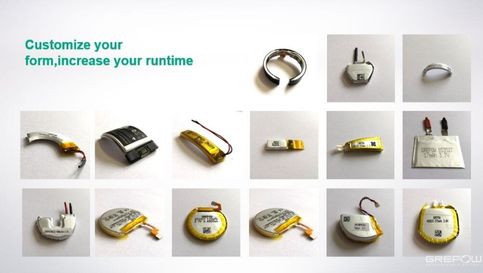
Grepow rechargeable special-shaped batteries for wearable devices
On the self-discharge performance, the rate of LiPO self-discharging is much lower than that of nickel-based batteries, which is about 2% self-discharge energy per month. The rate of NiMH and NiCd are even higher than 5% per day. This performance does not only reduce the charging times but also keeps the devices having power even after a long time without using it.
Why choose LiPO battery for wearable devices?
How does the LiPO battery satisfy wearable devices to become comfortable and convenient?
Small, light, long battery life, high energy density
Higher working voltage means fewer calls and smaller systems are required
Slower self-discharge: less charge time, ready to be used anytime
How to charging rechargeable batteries in a safe?
A constant current (CC), constant voltage (CV) charging process are needed for safer battery using. In the charging process, the battery is firstly charged at a constant current until a set voltage is reached. Secondly, the charging circuit switches to a constant voltage mode, providing the necessary current to maintain the set voltage.
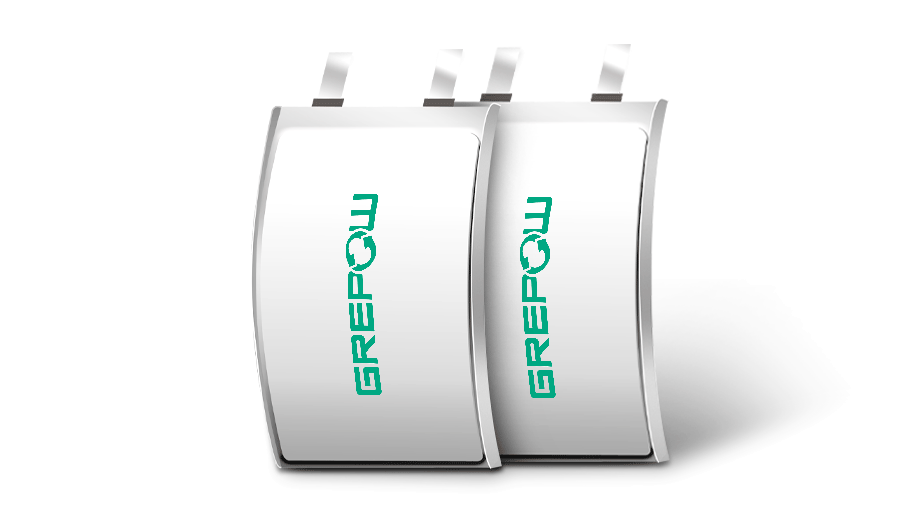
In order to get the best charging methods, we need to choose the constant current level and voltage level carefully. Charging at a higher voltage can increase battery capacity. If the voltage is too high, it may cause the battery overstressed or overcharged, resulting in permanent damage, instability, and danger. A higher charging current can speed up charging time but at the expense of reduced battery capacity. A 30% reduction in charging current can increase the quantity of electric charge up to 10%. Therefore, the charging current is usually set to half of the battery capacity (the maximum current that the battery can continuously work for one hour), and the voltage is set to 4.2 V per cell. However, using a slightly smaller charging current and voltage can slow down the battery's aging, increasing charging cycles and power storage.
Safe, convenient, and reliable LiPO battery for wearable devices
Satisfying the design limitation, supporting a long working time at the same time, Grepow's LiPO batteries may be a good choice for product engineers, to design flexibility and get more functions. At least, you don't have to worry about the capacity. If you are interested in our products, please don't hesitate to contact us at any time!
Email: info@grepow.com
Grepow Website: https://www.grepow.com/
Related Articles
-

Join Grepow at TAITRONICS & AIoT Taiwan 2024 to Discover New Innovations!
2024-10-19 -

What Batteries Are Used for AGVs and AMRs?
2024-09-30 -

How Are Smart Rings Powered?
2024-09-05




